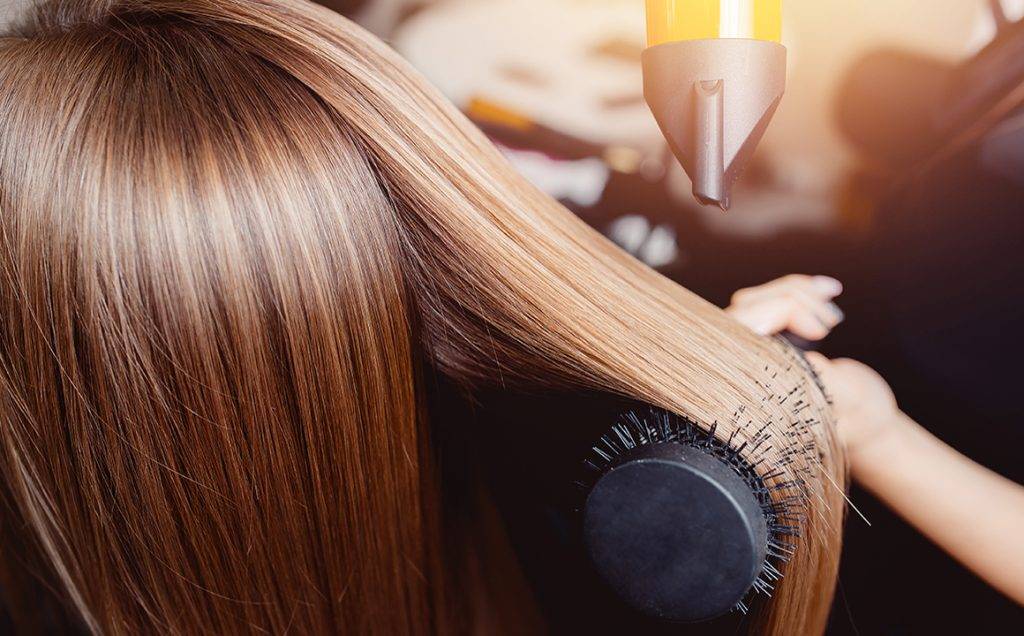Hair slugging is a viral hair treatment on TikTok. Some women who have tried it noted that it improved the condition of their tresses. To be specific, their strands become shinier and stronger. So, is this latest hair care trend right for you? To answer this question, here are some important details about hair slugging.
What is Hair Slugging?
It is a form of deep conditioning your scalp and hair with a mixture of natural oils and water. When applied properly, this hair treatment can offer benefits, including moisturizing your hair, adding shine, reducing frizz, and strengthening your strands. Aside from that, it can also help protect your tresses from heat-styling tools, such as blow dryers, curling irons, and flat irons. Typically, the mixture used in hair slugging has several oils, like coconut oil, jojoba oil, and olive. As you know, these natural oils are known to improve your hair’s health and appearance. Keep in mind that this technique can offer benefits. However, it has a few drawbacks when improperly or frequently done. For instance, the oils can clog the pores of your scalp, which can lead to breakouts or irritation.
The Dos and Don’ts of Hair Slugging
The Dos:
As mentioned, it involves the use of different oils. The oil you can use must contain fatty acids, protein, antioxidants, and vitamins that promote healthy hair. Some of the highly recommended oils you can use are:
- Argan oil
- Avocado oil
- Coconut oil
- Grapeseed oil
- Jojoba oil
- Olive oil
Keep in mind that this technique is beneficial for all hair types. However, you have to choose the right oil for your hair type. For instance, you can use lighter oils if you have fine or thin hair. Heavy oils, on the other hand, are recommended for those with thicker hair.
The Don’ts:
One of the most important details about hair slugging is its drawbacks. As mentioned, frequent hair slugging can cause scalp irritation or breakouts. Aside from that, you may also experience “hygral fatigue.” Hygral fatigue happens when your strands are over-moisturized. Remember, your hair swells when it absorbs water. Afterward, it shrinks back to its original size once it dries. However, when your strands are constantly swelling, it can make your hair weak and prone to breakage. Because of its disadvantages, experts recommend doing hair slugging to a minimum, which is once a week.
Conclusion
All in all, these are some of the important details about hair slugging. As presented, this viral hair care treatment can offer some benefits, especially when done correctly. Remember, it also has a few disadvantages. As such, experts recommend doing it only once a week to improve your hair’s health and appearance.

